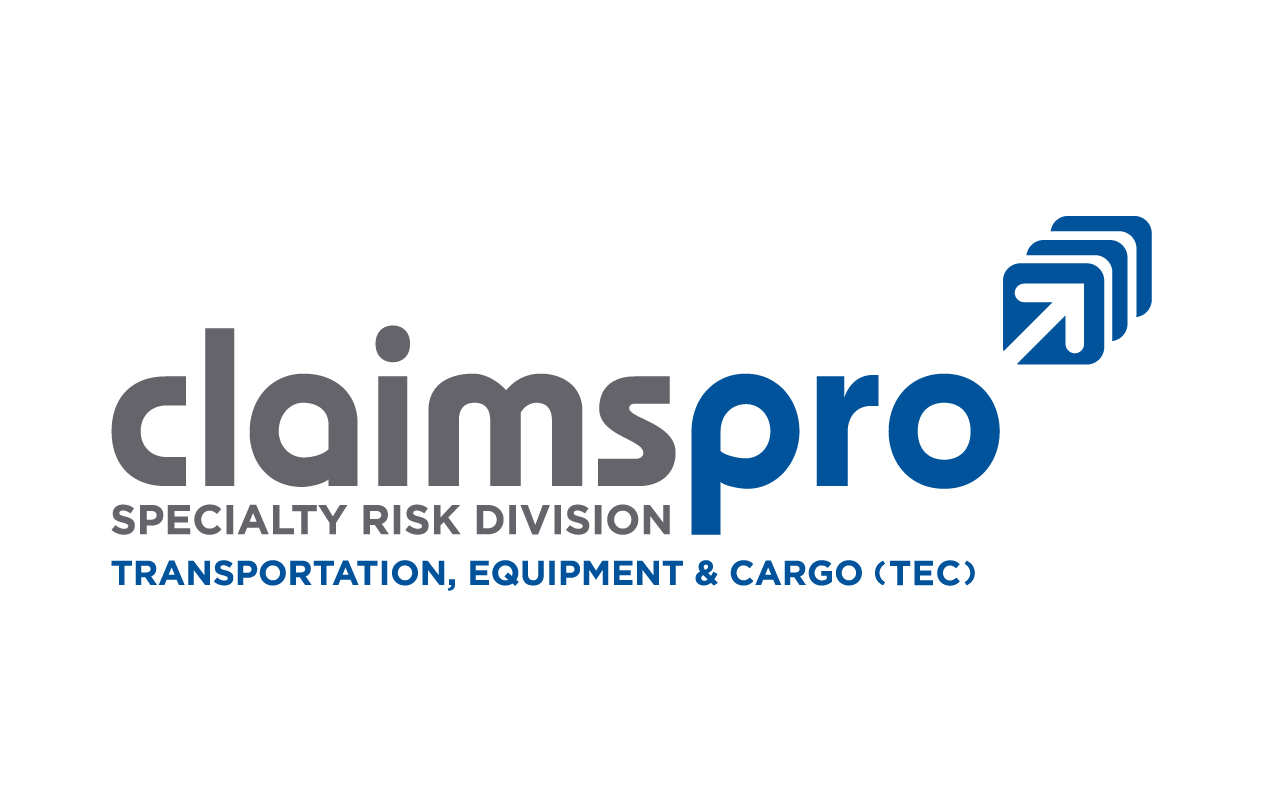Control Your Own Destiny
You are driving along the highway. Up ahead you see a carrier enforcement vehicle parked in the shade, under a bridge.
You drive by and there is that dreaded moment or two… is the vehicle staying there or coming out after you?
We’ve all experienced that moment when suddenly we feel guilty even though we know that we haven’t done anything wrong.
And then there’s anxiety… am I going to be the victim of a local political campaign focusing on some aspect of road safety? Is there a safety blitz going on that I don’t know about? Am I going to be stopped?
Oftentimes, drivers believe that there is little they can do to manage this aspect of trucking.
When you look at the reasons why an enforcement vehicle may come out after you, it tells a different story and offers the opportunity for drivers to control their own destiny.
Statistically, only about 4% of roadside inspections are truly random in nature. Usually, random inspections are done when the carrier is unknown to the enforcement community and they want to get a “feel” for what that carrier is all about.
That leaves 96% of roadside inspections that are generated equally by the following:
• The truck is speeding
• There is an observable defect
• The carrier is “known” to the enforcement community
All of these are within the driver’s control.
Speeding speaks for itself and requires little further comment. Speed has been identified as a causal factor in crashes and enforcement personnel will universally be motivated to respond when they see it occurring. Especially in restricted speed zones or construction zones.
Having observable defects underscores the importance of doing proper pre-trips and addressing any defects noted. If you are going to hand them a gift, enforcement personnel will take it.
Amongst the enforcement community, “known” has a different connotation. It is usually associated with past performance demonstrating a high likelihood that if they stop that vehicle, they will find a violation of some sort. And remember, in the U.S., they have 945 FMCSR violations to choose from!
Aside from the obvious risk of fines or being placed out-of-service, there are other issues for drivers to consider.
Let’s assume you lose one hour during that roadside inspection. Let’s also assume that the truck, on average, travels at about 45 miles per hour. Then every time you get stopped, you lose the revenue for those 45 miles!
Then there is the reputational damage, both for the driver and the carrier. Your violation history now follows you from company to company. This could negatively impact your ability to get
a job.
Carriers are subjected to intense scrutiny from customers, regulators, insurers and financial institutions. Their operating costs increase as the perception of their safety rating decreases.
Bottom line… you can control your own destiny by not attracting unwanted attention from the enforcement community!
Rick Geller, CRM
Director of Safety and Risk Management Services
ClaimsPro
Telephone: 204-985-1777
Email: Richard.Geller@scm.ca


